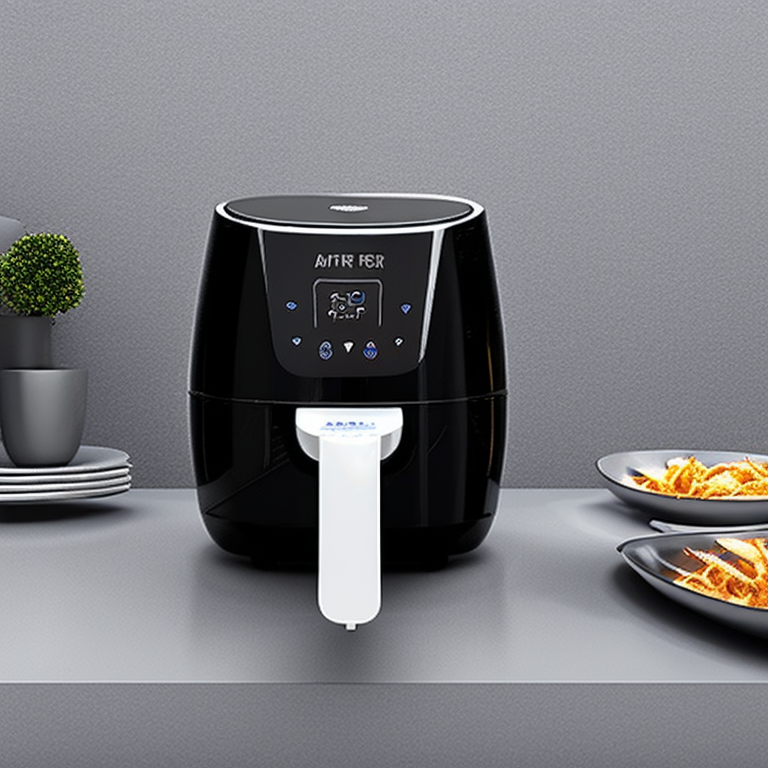
No, you should never put plastic in an air fryer. Most plastics melt at temperatures between 65-175°C, while air fryers typically operate at 180-200°C, making plastic completely unsuitable for this cooking method. The risks range from ruined meals to toxic fumes and even fire hazards.
Air fryers circulate extremely hot air to cook food quickly and evenly. This intense heat causes most plastics to warp, melt, or release harmful chemicals. Even microwave-safe plastics aren't designed for the dry, direct heat of an air fryer. When plastic melts, it can permanently damage your appliance's heating elements and interior coating.
Some plastics might seem sturdy at room temperature, but they become unstable when exposed to prolonged high heat. BPA-free doesn't mean heat-resistant, and thin plastic containers can start breaking down within minutes. For delicious and safe meals, check out our air fryer recipes that recommend proper cookware.
Several dangerous scenarios can unfold when plastic meets air fryer temperatures. First, the plastic may melt onto your food, contaminating it with chemicals. Second, melted plastic can drip onto heating elements, causing smoke or electrical issues. In worst cases, certain plastics may even catch fire when exposed to direct heat for extended periods.
The cleanup process becomes hazardous too, as scraping melted plastic from your air fryer basket risks damaging the non-stick coating. Instead of risking your appliance, explore our air fryer cleaning guide for safe maintenance tips.
All plastics pose risks in air fryers, but some are particularly dangerous. Thin plastic wraps, takeaway containers, and disposable cutlery melt almost instantly. Even thick plastic storage containers aren't designed for the dry heat environment. Silicone is sometimes confused with plastic, but food-grade silicone (marked as heat-resistant) is actually safe for air frying.
For worry-free air frying, use materials specifically designed for high heat. Metal baking pans, ceramic ramekins, and parchment paper (with proper ventilation) work beautifully. Many air fryer accessories like racks and skewers come in stainless steel, which conducts heat efficiently without any melting risks.
If you're preparing chicken recipes or other dishes that might stick, use lightly oiled metal baskets instead of plastic containers. Glass cookware marked as oven-safe is another excellent option, though always check maximum temperature ratings before use.
Some air fryer models have plastic handles or buttons on the exterior. These are specially engineered to withstand the appliance's heat without melting. However, never place additional plastic items inside the cooking chamber, even if they came with the unit. The internal temperature far exceeds what external components experience.
If plastic does melt in your air fryer, immediately unplug the appliance and let it cool completely. Once cool, carefully remove any large plastic pieces. For residue, use a plastic scraper (not metal) to avoid damaging surfaces. Run a cleaning cycle with vinegar and water to eliminate odors, following our cleaning instructions.
Never continue using an air fryer that has melted plastic stuck to heating elements, as this creates fire risks and may void your warranty. When in doubt, contact the manufacturer for professional cleaning advice or replacement parts.